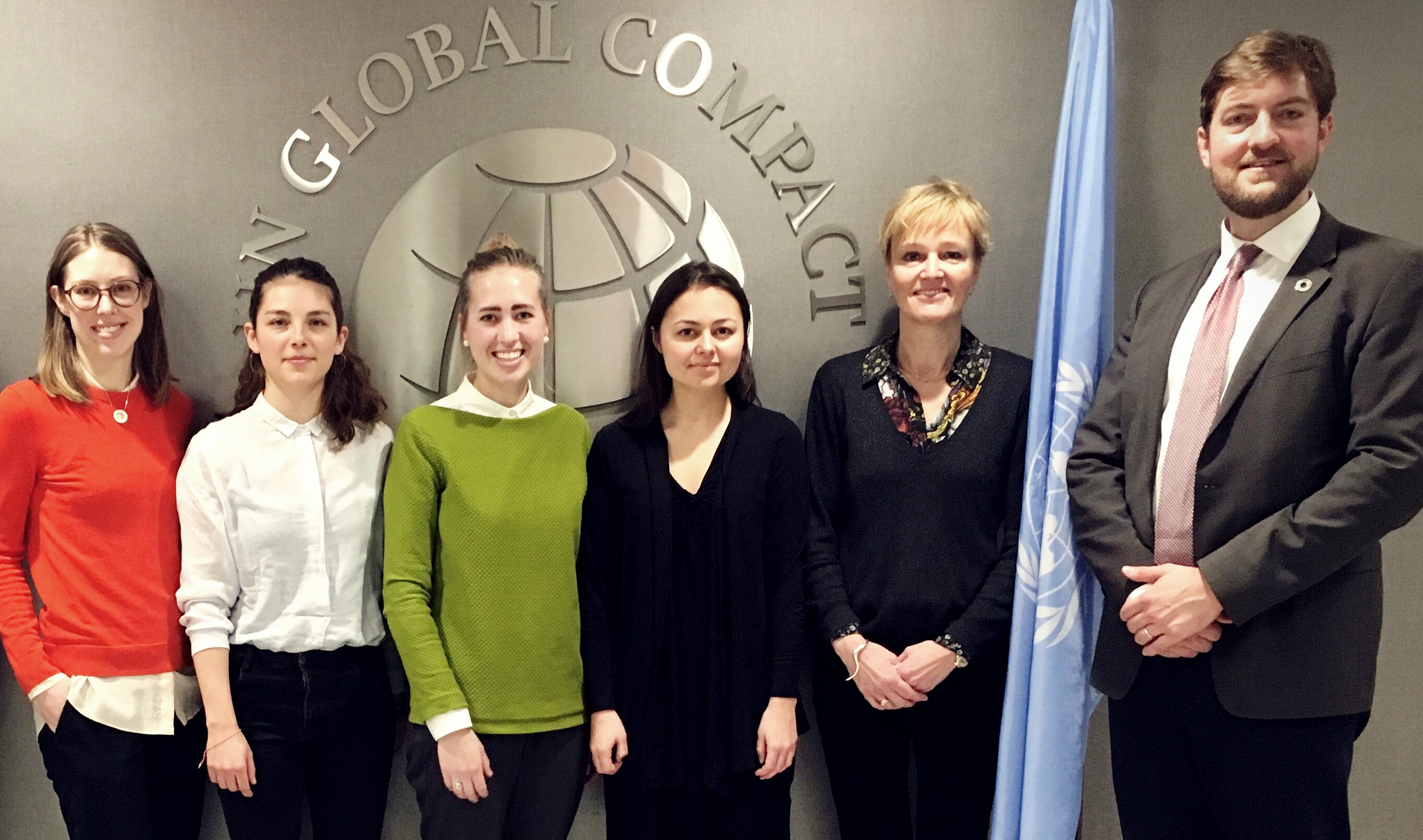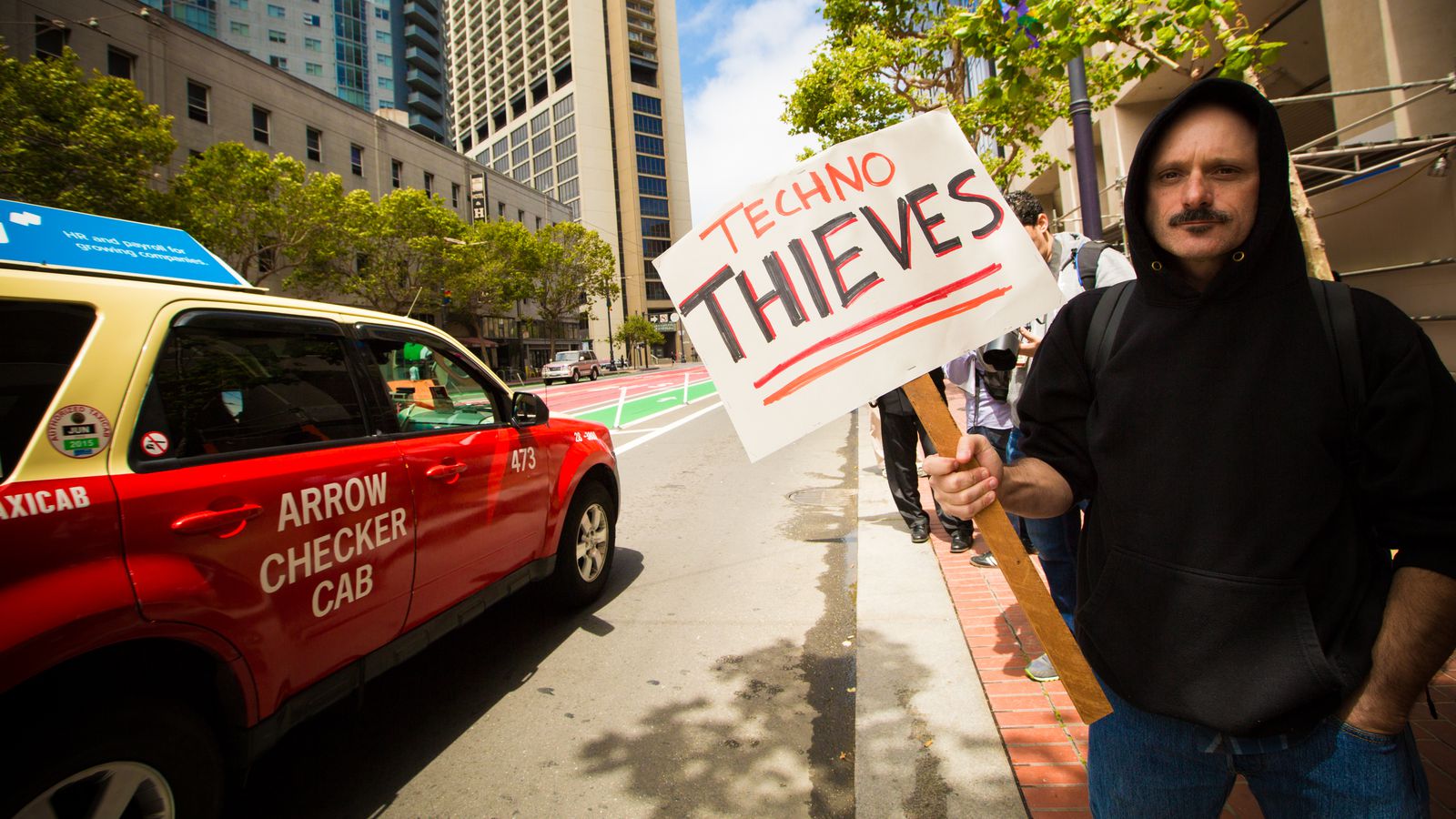For too many firms corporate sustainability is itself not a sustainable endeavor
By Andreas Rasche
Corporate sustainability initiatives are blossoming around the world. While some firms have built robust infrastructures around their efforts, other firms struggle to do so, making their engagement a short-lived endeavor. In other words, corporate sustainability is itself often not sustainable enough to create lasting change in organizations. While there is hope that firms’ sustainability strategies are becoming more robust (e.g., because basic market conditions have shifted in favor of sustainability and make it difficult to ignore), there is still much work to be done to create sustainable corporate sustainability efforts.
The Challenge of Integration
One important barrier is the belief that “integrating” sustainability is more important than having an own dedicated organizational infrastructure around it. In 2019, the Danish multinational Maersk laid off a significant part of its sustainability team (including the head of the division). The aim of the reorganization was to merge its ongoing sustainability activities with work undertaken in other departments of the company. While integration may sound like a sound strategy and for many years consultants advised firms to make sure that sustainability work is not detached from the core of the firm, it also comes at a price:
In many firms, integration “waters down” sustainability efforts, makes them less visible in the organization and hence easy to neglect.
Don’t get me wrong: I am not arguing against integrating sustainability into organizations. I am arguing against using integration as a cover-up strategy to make sustainability efforts themselves less sustainable. Integration can easily be misused. Take the example of business education. For many years, business schools have struggled with finding the right balance between creating standalone courses on sustainability topics and integrating related content into the regular curriculum. Over time, integration proved to be difficult and only very few schools succeeded with truly embedding sustainability content across their curriculum. The main hurdle was to free up room in otherwise already packed courses and to also move beyond a symbolic adoption of sustainability content in classes.
Business schools’ experience holds a lesson for corporations. If you integrate, you need to ensure that wherever integration happens enough resources support the journey (e.g., time, knowledge but also interest). Often, this is where integration fails…
The Challenge of Corporate Size
Another barrier to making sustainability more sustainable is corporate size. Recently, I published a paper that analyzed which types of firms are delisted from the UN Global Compact (UNGC). We analyzed over 11,000 firms (both active and inactive participants in the UNGC). One key finding was that small and medium-sized enterprises (SMEs) were much more likely to leave the initiative than larger firms. It would be easy to conclude from this that SMEs are less sustainable than larger firms – but this would be the wrong conclusion.
What it shows is that SMEs struggle to develop lasting organizational structures around their sustainability efforts. UNGC delisting is based on firms’ failure to submit a mandatory annual implementation report. While larger firms usually do not struggle with such reporting, because this task is anchored somewhere in the organization, smaller firms find it more difficult to make reporting a lasting endeavor (e.g., because of resource constraints or lack of knowledge). Often, sustainability commitments by SMEs are based on internal champions who push relevant efforts and also sign the organization up to the initiatives like the UNGC. Once these people leave the organization or assume a different role within the firm, there are little formal structures that could fill the void that is left behind.
SMEs sustainability work is often more implicit and tied towards the communities they operate in. However, in a more transparent world where sustainability is increasingly datafied and benchmarked such implicit efforts may be easily confused with corporate sustainability lacking sustainable implementation.
Sustainable Corporate Sustainability
So, what is the bottom line? Making corporate sustainability itself more sustainable remains a key management challenge, both for larger and smaller firms. Creating durable organizational structures that can withstand the pressures of crisis situations and related cost-cutting efforts is one important way to address this challenge. Such structures have to be integrated with the rest of the organization to be not an add-on, but they also need to have a life on their own. What may even be more important is that corporate leaders and associated Boards need to develop an unambiguous vision for where the firm is supposed to go with its sustainability activities. This puts Board-level engagement with sustainability topics at the very top of the agenda, both for practitioners and academics.
About the Author
Andreas Rasche is Professor of Business in Society at Copenhagen Business School and Visiting Professor at the Stockholm School of Economics. He just released “Sustainable Investing: A Path to a New Horizon” (together with Herman Bril and Georg Kell). More information at: http://www.arasche.com
Photo by Egor Vikhrev on Unsplash







